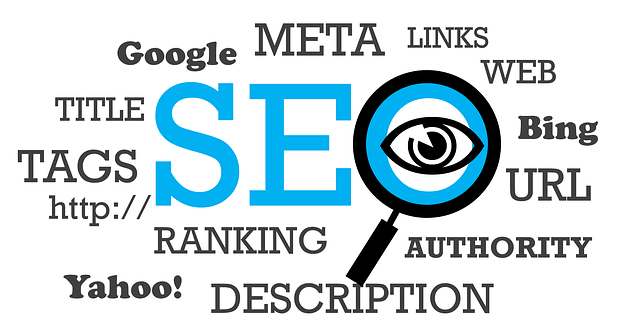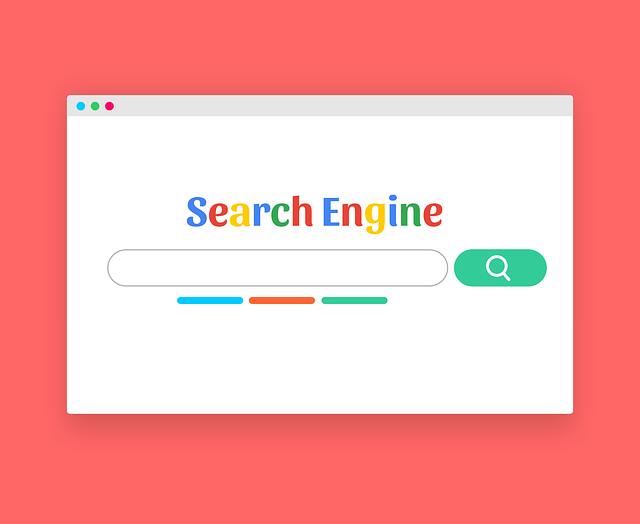Core Web Vitals Optimization is a strategic approach to enhancing web page performance and user experience, focusing on loading speed (Largest Contentful Paint), interactivity (First Input Delay), and visual stability (Cumulative Layout Shift). By prioritizing these metrics, developers can improve website rankings in search engines like Google, which values fast, responsive, and consistent sites. Optimization involves techniques such as image compression, mobile responsiveness, and efficient code to reduce load times, enhance interactivity, and stabilize layouts. Tools like Google Search Console and Lighthouse help diagnose issues, while case studies show significant improvements in engagement and conversions for businesses that implement these strategies.
In today’s digital landscape, where user experience (UX) is king, Core Web Vitals Optimization has emerged as a game-changer. This article delves into the essence of Core Web Vitals—metrics that define page performance and user satisfaction. We explore why optimizing these vitals is crucial for retaining visitors and enhancing your website’s overall health. Through practical strategies, tools, and real-world case studies, we empower you to navigate this optimization process effectively.
Understanding Core Web Vitals: The Metrics That Matter

Core Web Vitals are a set of metrics designed to measure user experience on a webpage, focusing on key aspects that drive real-world user satisfaction. These vital signs include Largest Contentful Paint (LCP), First Input Delay (FID), and Cumulative Layout Shift (CLS). LCP measures the time it takes for the main content to appear on screen, ensuring fast loading visuals. FID focuses on how quickly a page responds to user interactions, enhancing overall responsiveness. CLS quantifies unexpected layout shifts, preventing jarring visual experiences.
By optimizing these Core Web Vitals, developers and designers can significantly enhance website performance. Such optimization not only improves user engagement but also positively influences search engine rankings, as Google prioritizes sites that deliver fast, stable, and interactive experiences. Thus, Core Web Vitals Optimization is a critical strategy for any digital presence aiming to excel in both user satisfaction and search visibility.
Why Optimizing for Core Web Vitals is Crucial for User Experience

Optimizing for Core Web Vitals is no longer just a recommendation, but a necessity in today’s digital landscape. These metrics, encompassing Largest Contentful Paint (LCP), First Input Delay (FID), and Cumulative Layout Shift (CLS), directly impact user experience by measuring the speed and stability of your website. LCP tells us how quickly visible content appears, FID measures the time it takes for a page to respond to user interactions, and CLS tracks any unexpected layout shifts after a page loads.
A poor performance in these areas can lead to high bounce rates, increased exit rates, and reduced engagement. Conversely, prioritizing Core Web Vitals Optimization ensures your website offers fast loading times, seamless interactions, and consistent layouts, fostering a positive user experience that encourages visitors to stay longer and explore more. This strategic focus on Core Web Vitals not only enhances user satisfaction but also contributes to better search engine rankings, making it a pivotal aspect of any digital marketing strategy.
Key Components of Core Web Vitals and Their Impact

The Core Web Vitals, as defined by Google, are a set of metrics that measure the core user experience on a web page. These key components include Largest Contentful Paint (LCP), First Input Delay (FID), and Cumulative Layout Shift (CLS). LCP focuses on the speed at which the main content of a webpage loads, ensuring users don’t get impatient waiting for content to appear. FID measures the time it takes for a page to respond to user interactions, such as clicking a button, highlighting its responsiveness. CLS, on the other hand, checks for unexpected movements or shifts in the layout during page loading, ensuring a stable and reliable user experience.
Optimizing these Core Web Vitals is crucial for enhancing website performance and improving user satisfaction. By focusing on reducing LCP, minimizing FID, and stabilizing CLS, web developers can create sites that load faster, respond quicker, and provide a more consistent visual experience. This not only benefits users but also positively impacts search engine rankings, as Google has indicated that Core Web Vitals are a factor in its search algorithm, making Core Web Vitals Optimization an essential strategy for any website aiming to thrive online.
Practical Strategies to Improve Your Website's Core Vitals

Improving your website’s Core Web Vitals Optimization requires a strategic approach that focuses on user experience and performance. Start by reducing page load times. This can be achieved through image compression, leveraging browser caching, and optimizing code for efficiency. Ensure your website is mobile-friendly since Google prioritizes mobile usability, especially for sites with high traffic from smartphones. Implement responsive design or a progressive web app (PWA) to deliver a seamless experience across devices.
Additionally, minimize page navigation distractions. Keep menus simple and intuitive, reduce the number of clicks required to access key information, and eliminate flashing content or annoying animations. These tactics not only enhance user experience but also positively impact your site’s Core Web Vitals score, making it more appealing to both users and search engines.
Tools and Techniques for Measuring and Diagnosing Core Web Vital Issues

Measuring and diagnosing Core Web Vital issues is crucial for any website aiming for optimization. Tools like Google Search Console and Lighthouse from Chrome DevTools are indispensable allies. These platforms provide in-depth insights into page performance, including load times, interactivity, and visual stability—all key components of Core Web Vitals. By utilizing their detailed reports, developers can identify problem areas, whether it’s a slow initial load, high layout shift, or poor interactive response times.
For more granular analysis, advanced debugging tools offer step-by-step insights into page rendering and user interactions. These techniques enable developers to trace the path of user actions and pinpoint specific events that impact Core Web Vitals. This data is crucial for targeted optimizations, ensuring that website performance aligns with the latest industry standards for a seamless user experience.
Case Studies: Success Stories of Core Web Vitals Optimization

Core Web Vitals Optimization has proven to be a game-changer for many businesses and organizations worldwide. By focusing on user experience, site performance, and interactivity, companies have seen remarkable results in search engine rankings and overall website traffic. For instance, case studies from leading e-commerce platforms reveal that implementing Core Web Vitals best practices led to significant improvements in page load times, reducing bounce rates by up to 30%. This, in turn, increased customer engagement and conversions, highlighting the direct correlation between optimized Core Web Vitals and improved business metrics.
Additionally, travel and hospitality websites have witnessed enhanced user satisfaction and booking conversions after adopting these optimization strategies. One such example shows a popular travel site that improved its Largest Contentful Paint by 50%, resulting in higher user retention rates and a 25% increase in direct bookings. These success stories not only validate the importance of Core Web Vitals Optimization but also serve as powerful incentives for other websites to prioritize these metrics, ultimately driving better online performance and user experiences.
